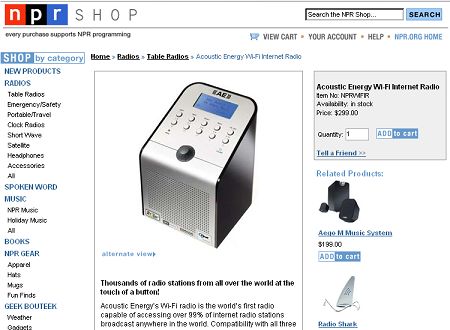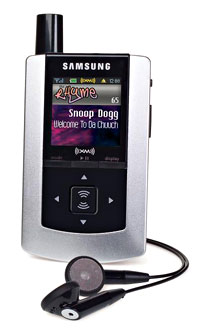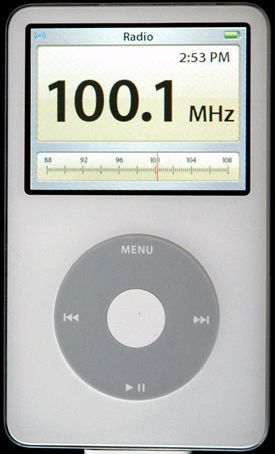 [Photo courtesy of mattlogelin / flickr]
[Photo courtesy of mattlogelin / flickr]Much ado has been made about the Sprint announcement this week regarding a several billion dollar investment in a 4G [fourth generation] wireless broadband network.
Blogma at CNET News points out that Microsoft’s new portable iPod-killer Zune will have a WiFi connection, but that connection will not allow purchasing of music from Microsoft’s online store. There are no clear indications of how the device will handle podcasts or streaming audio in relation to the built-in WiFi connection. [Good to know that HD radio is not alone when it comes to being at least one step behind for the entirety of the race.]
There has been a great deal of speculation in many circles about what this means for broadcasters. Huge broadband connections without wires, devices with built-in connections in first generation, etc. Where will radio fit in all of this?











